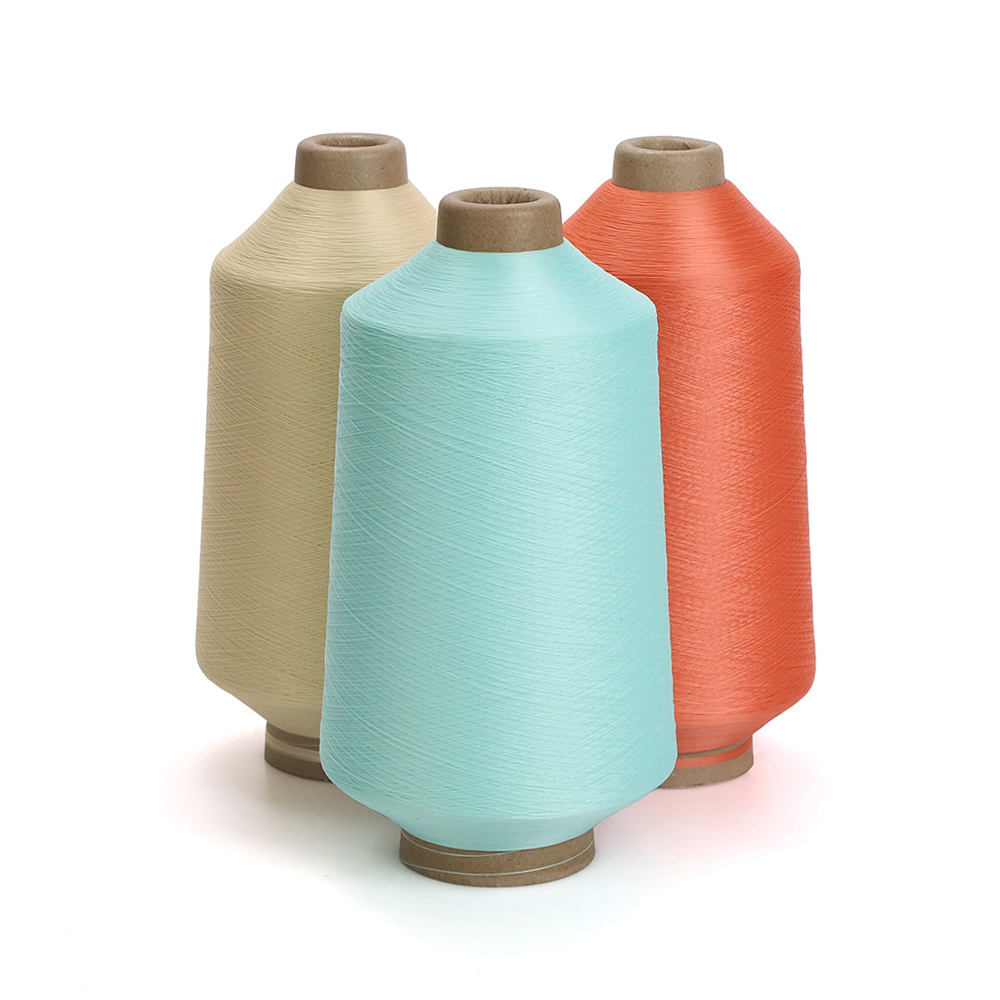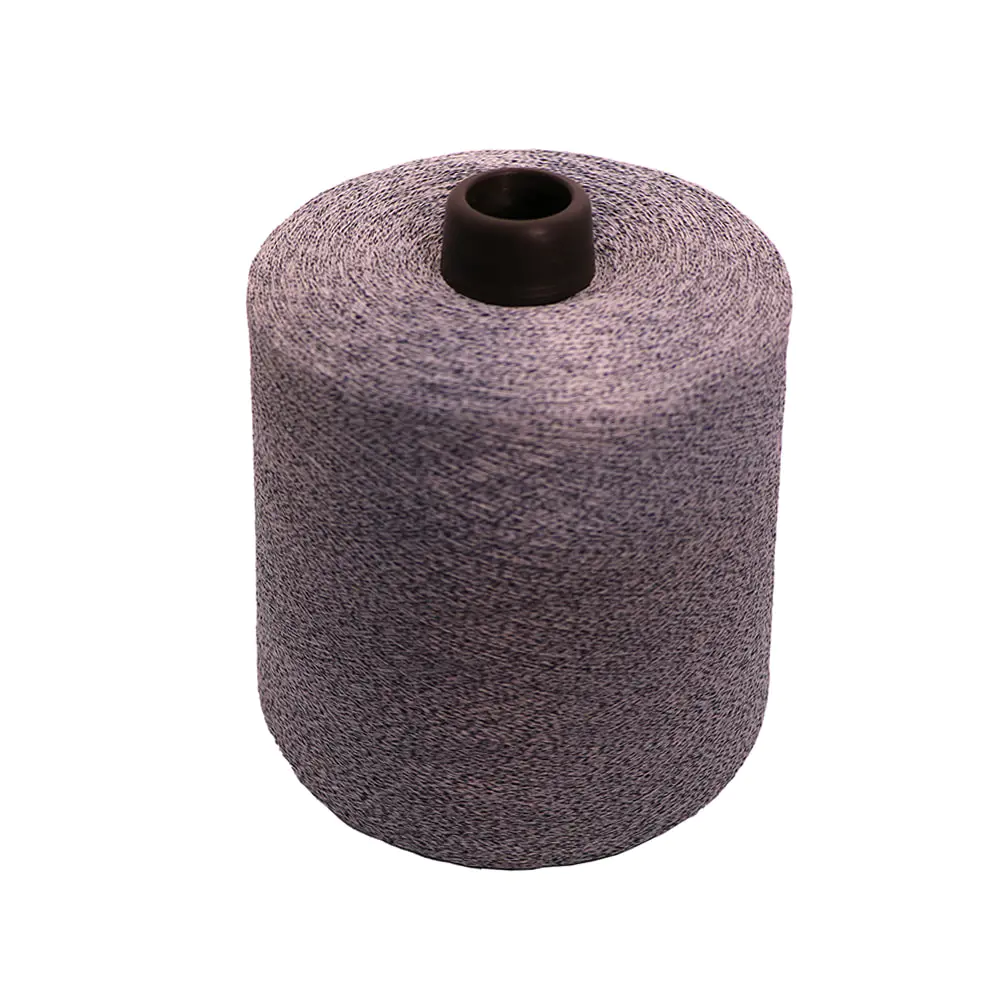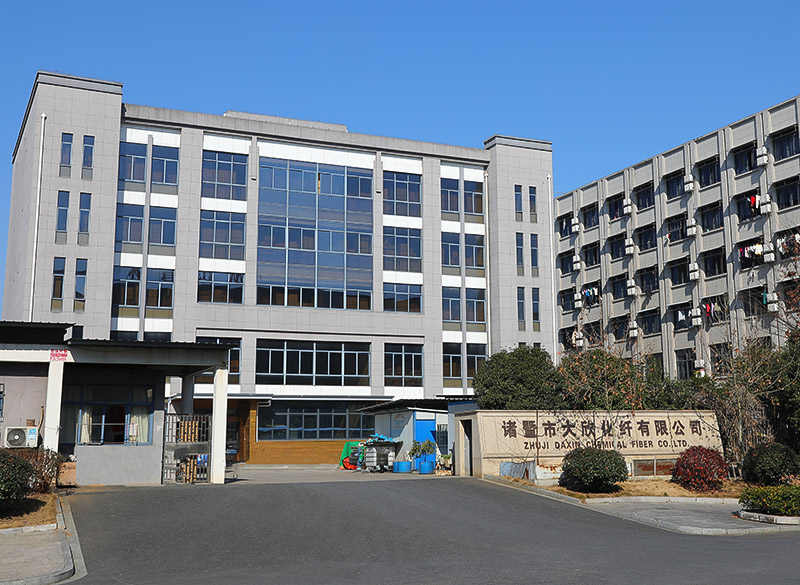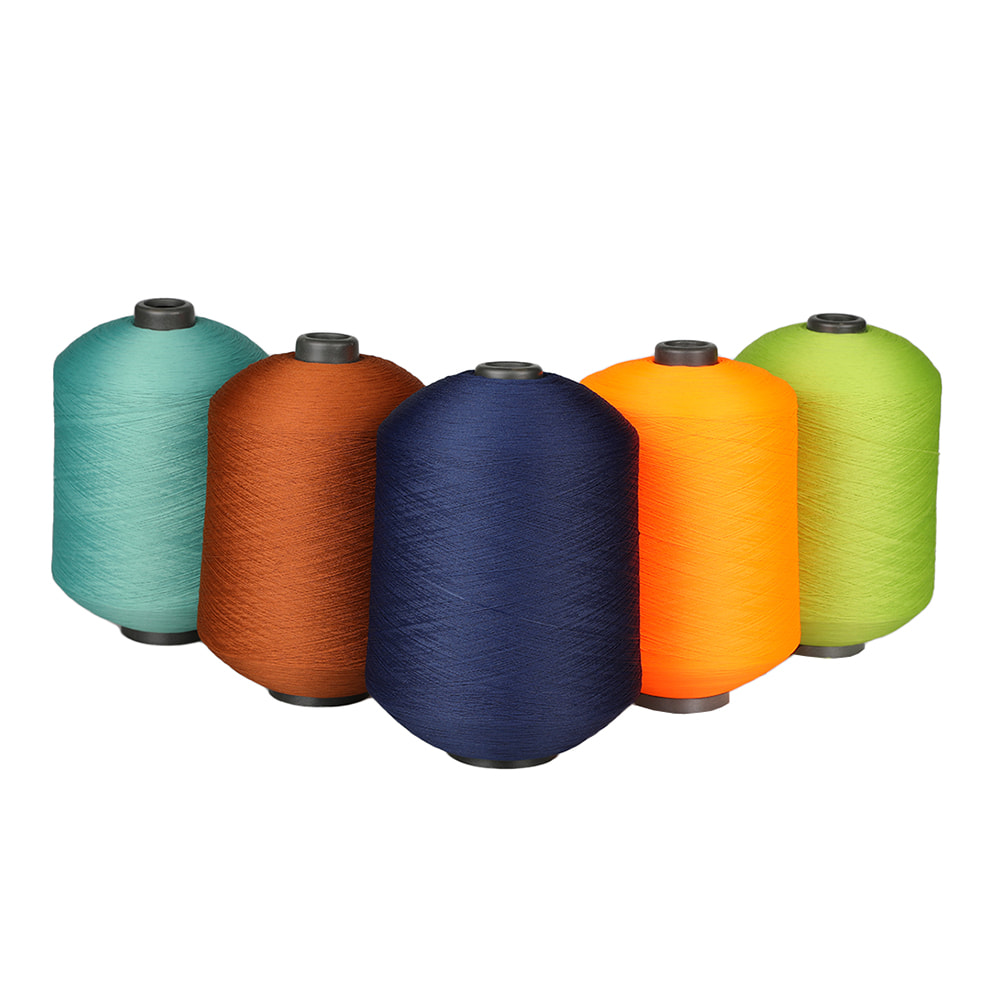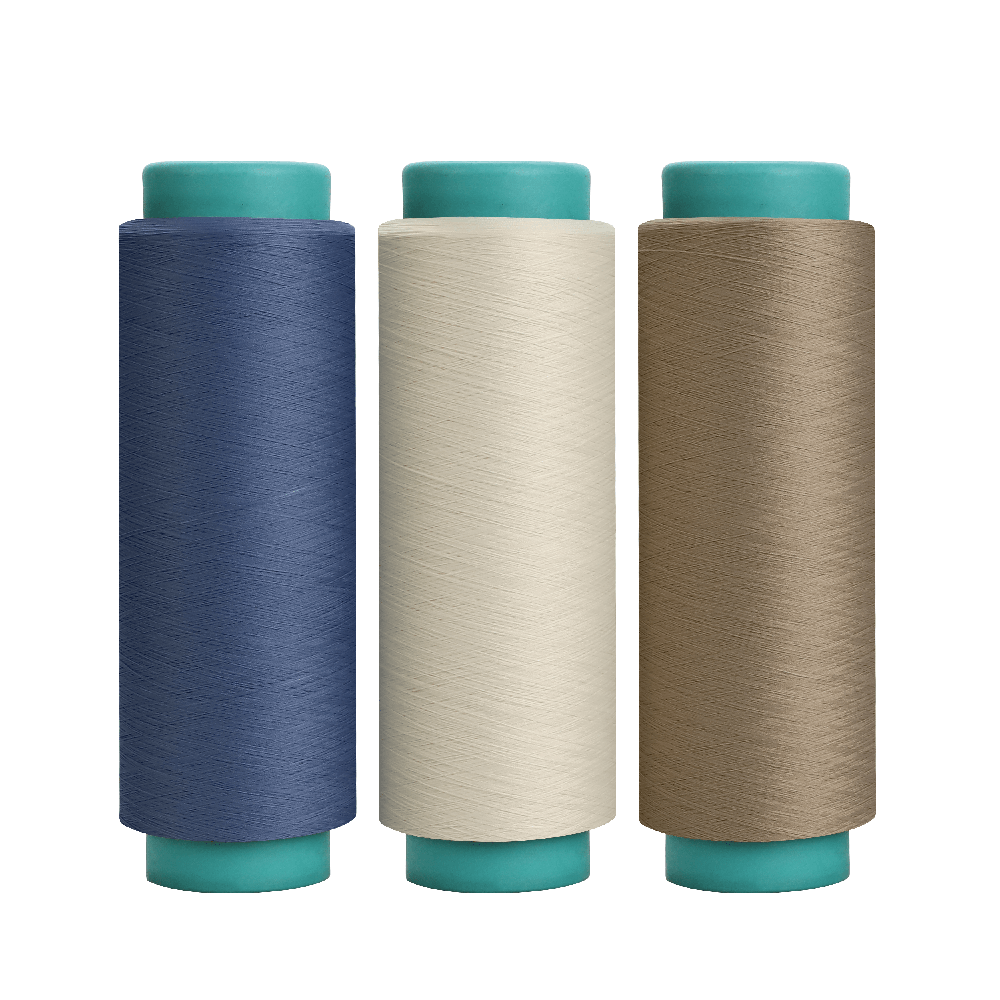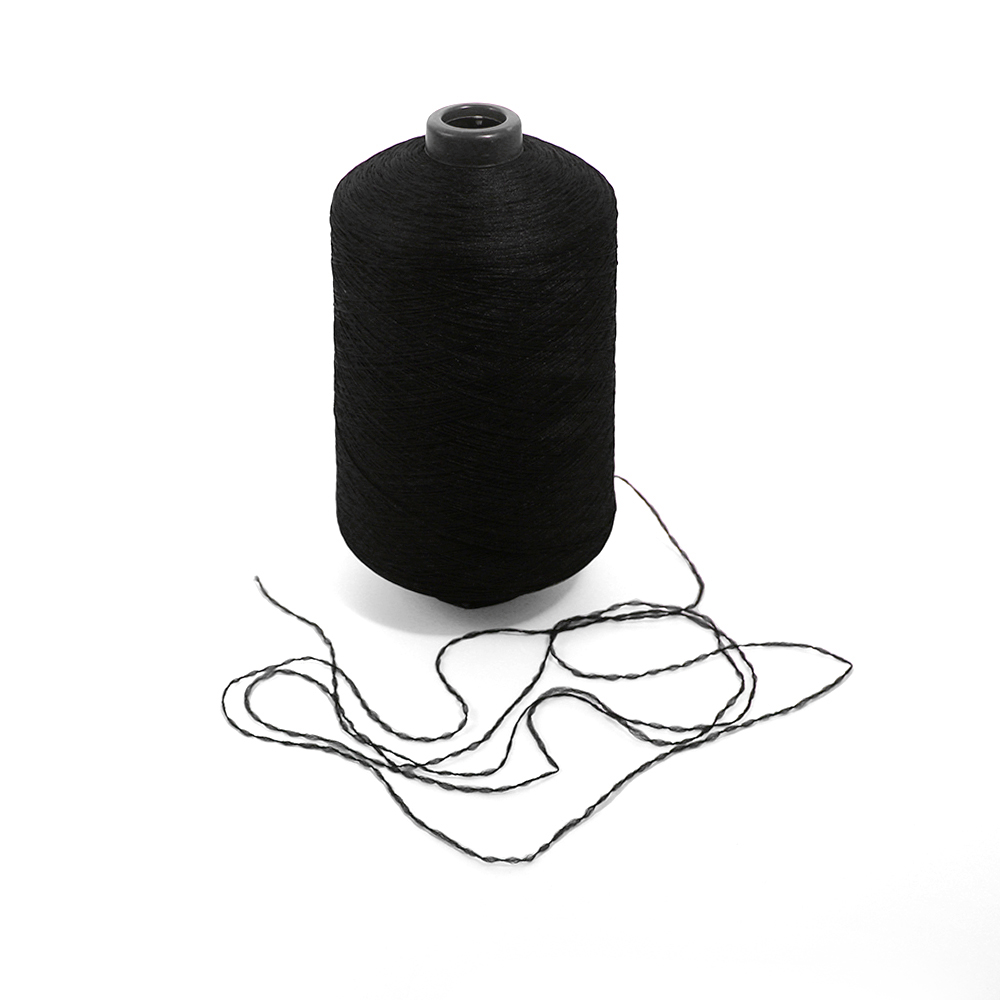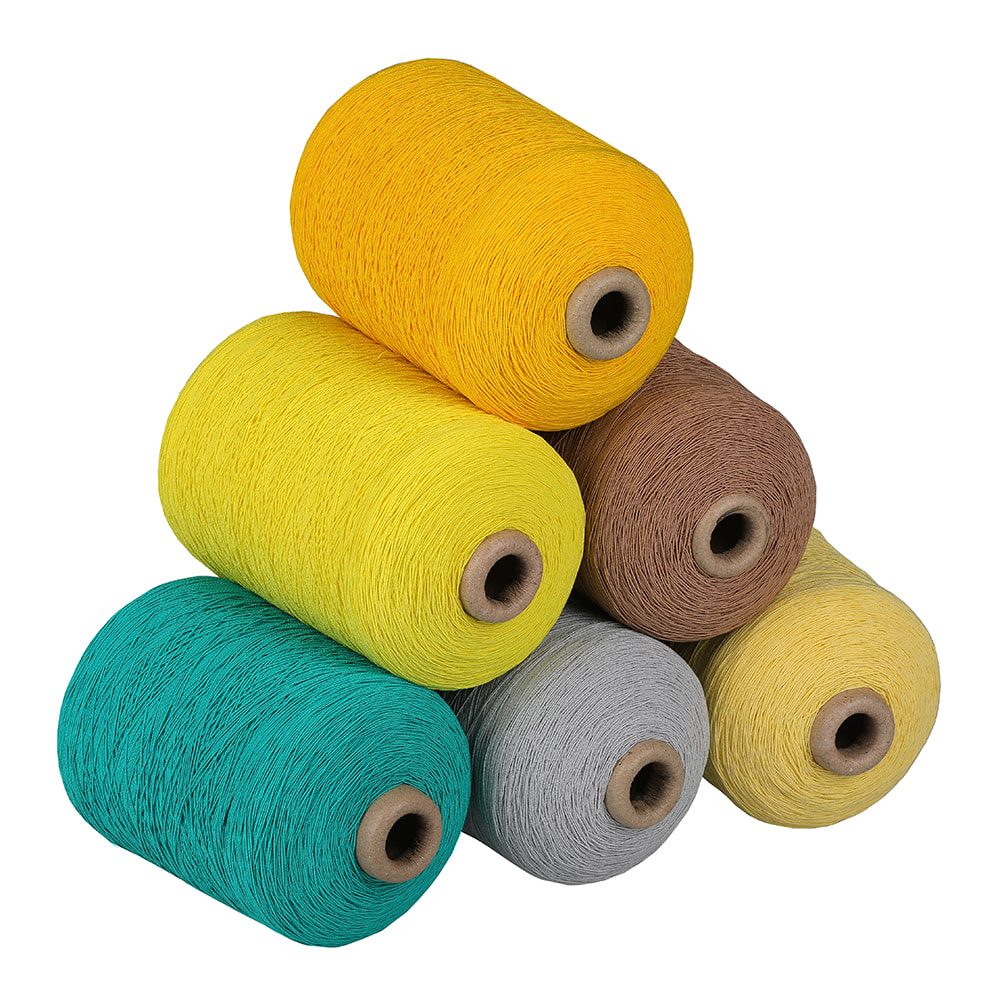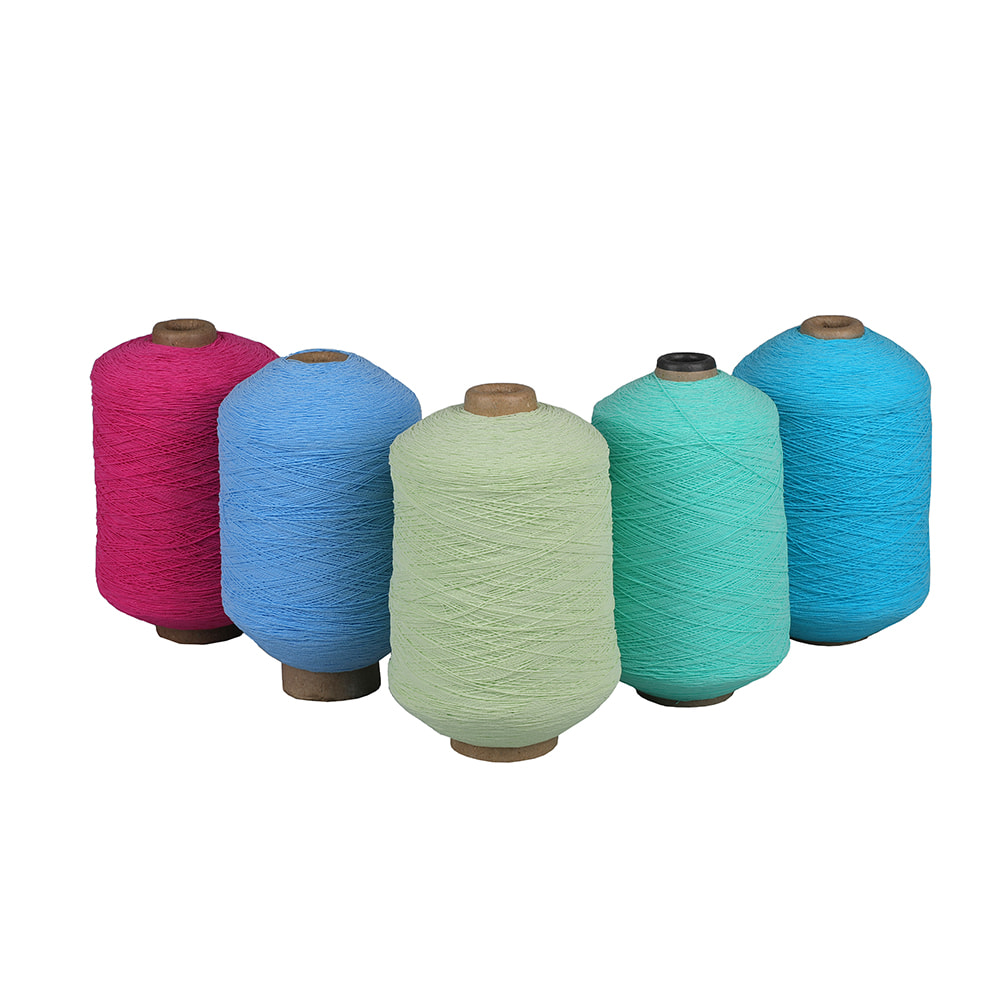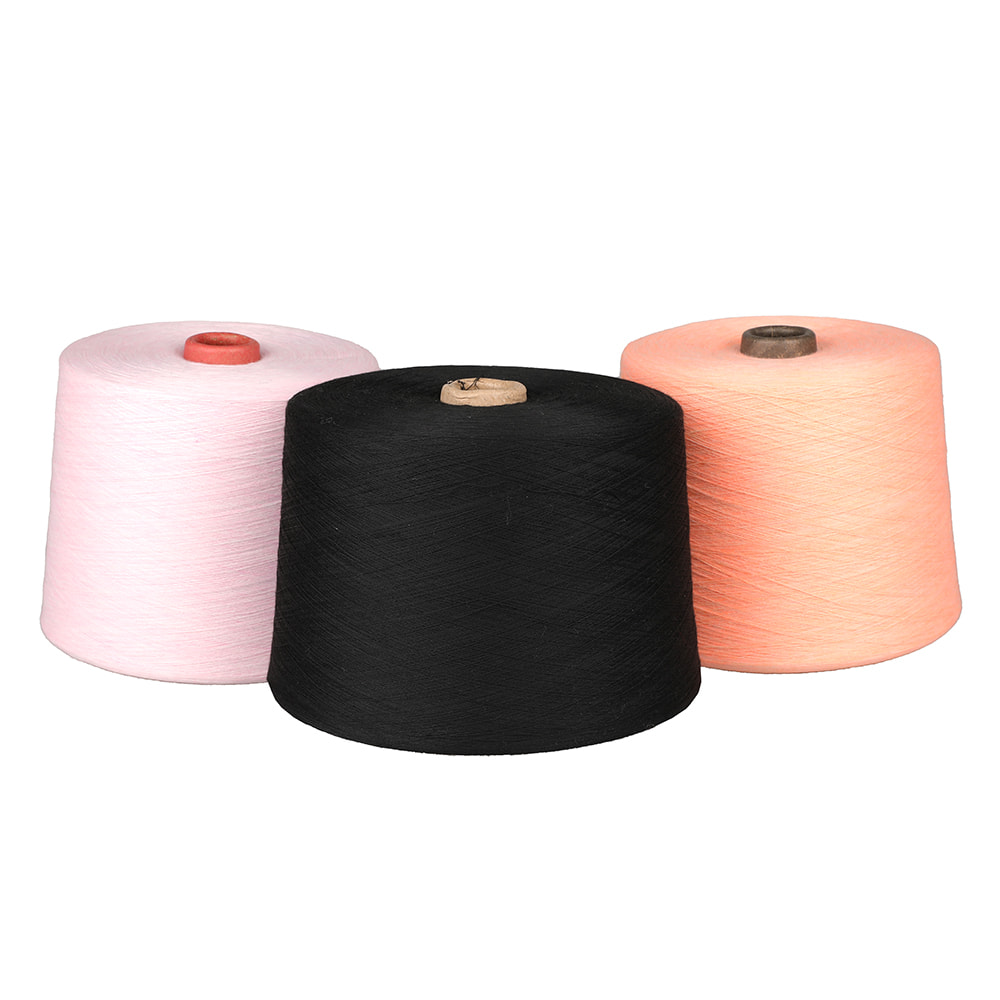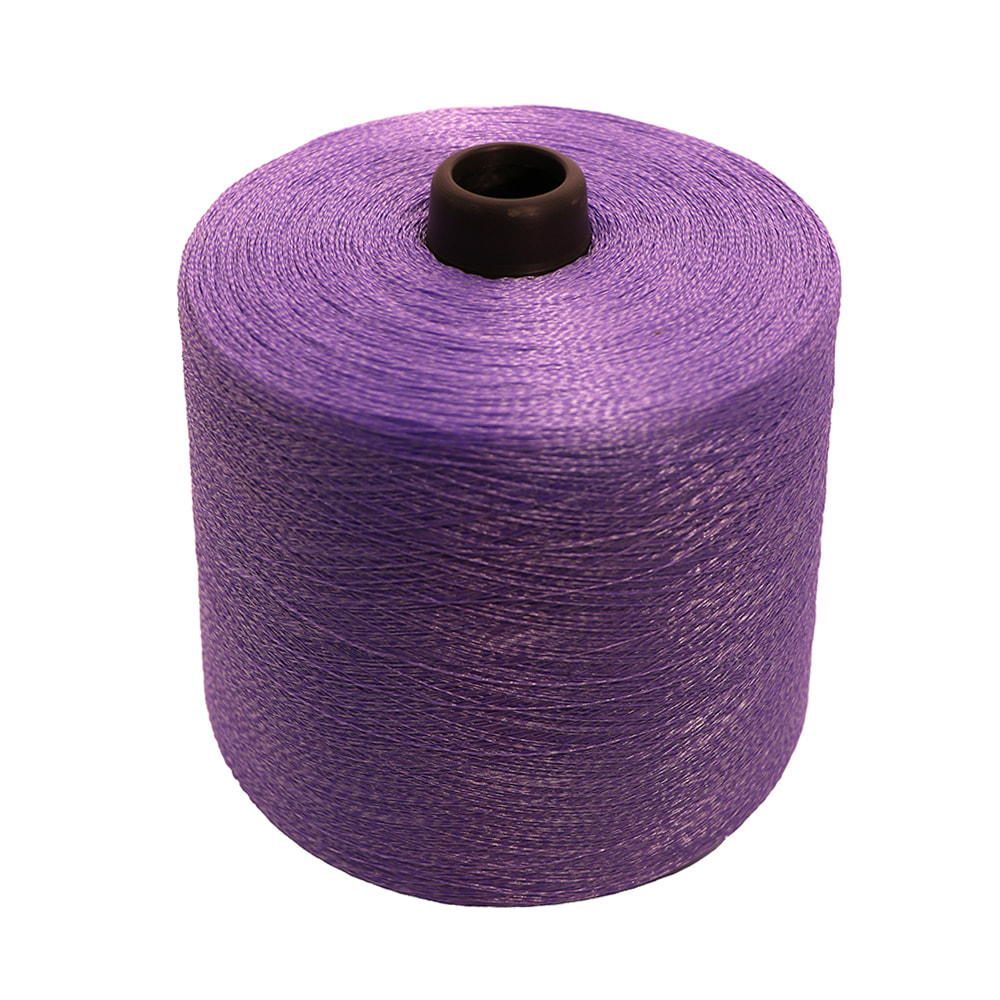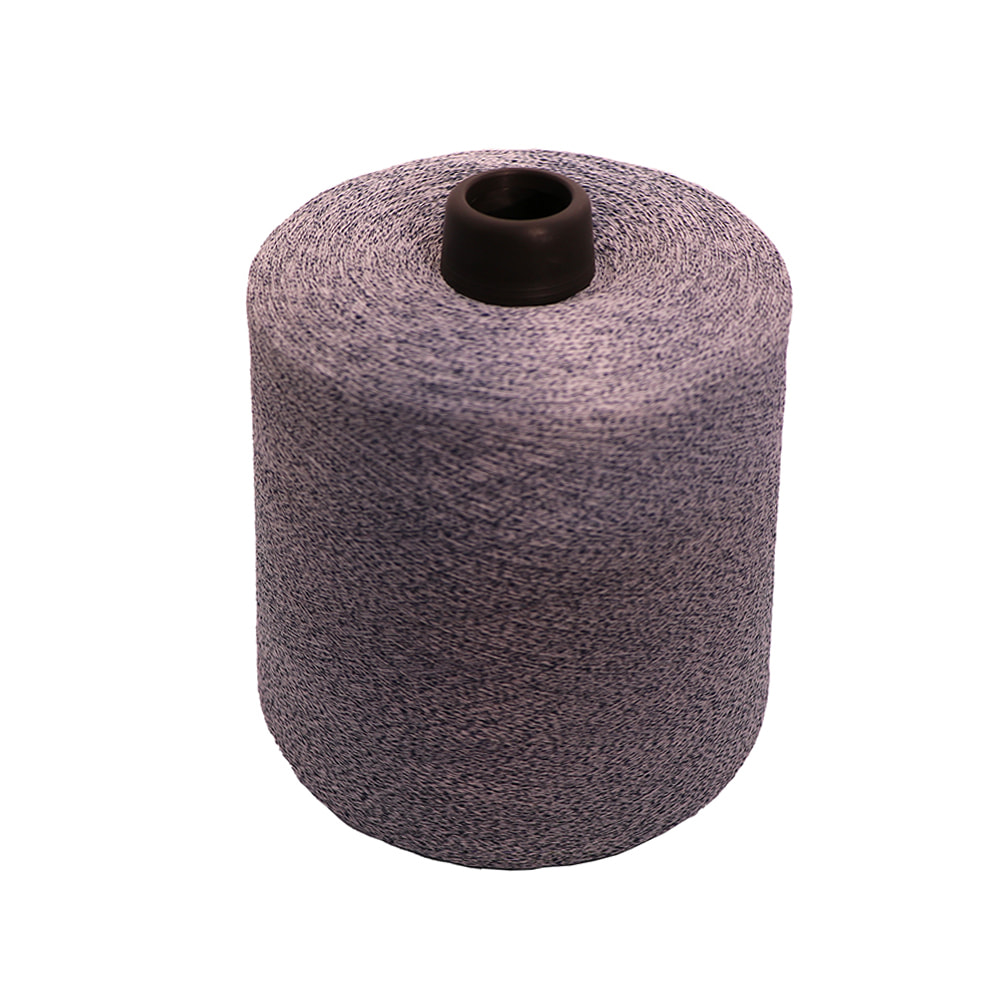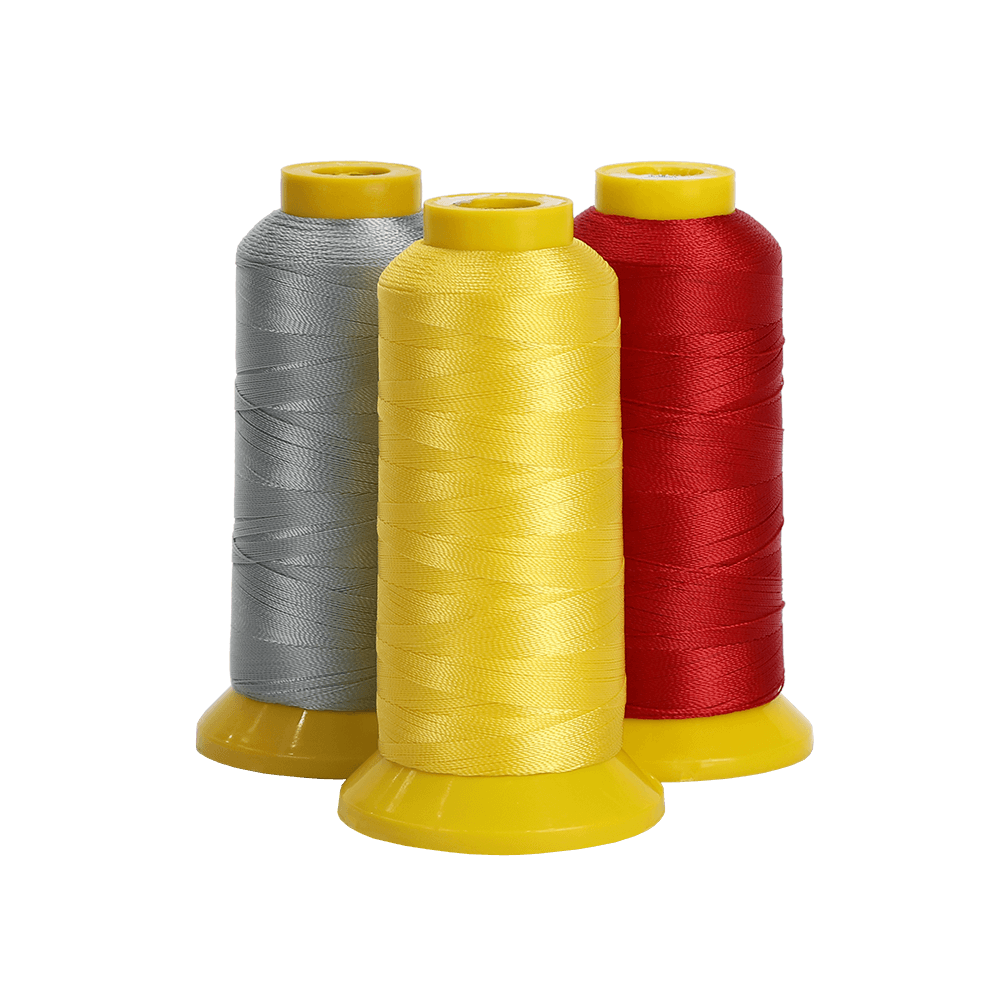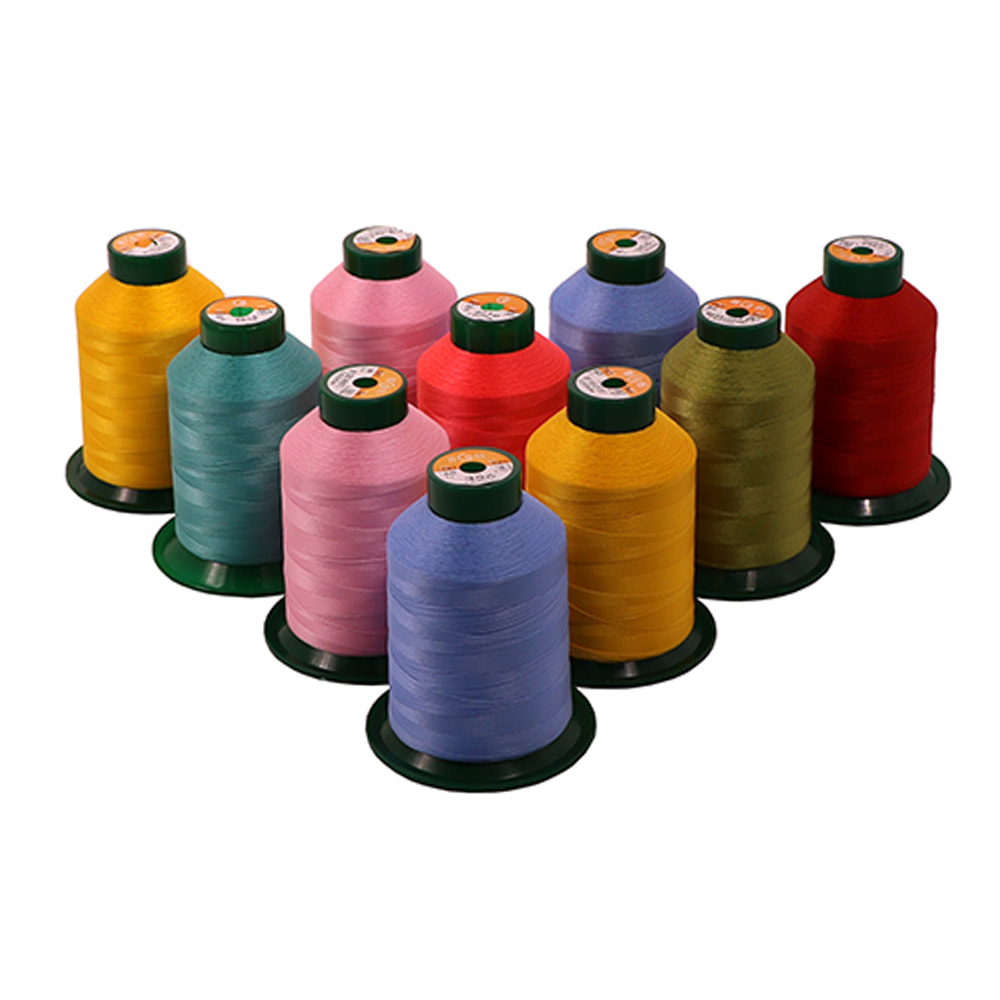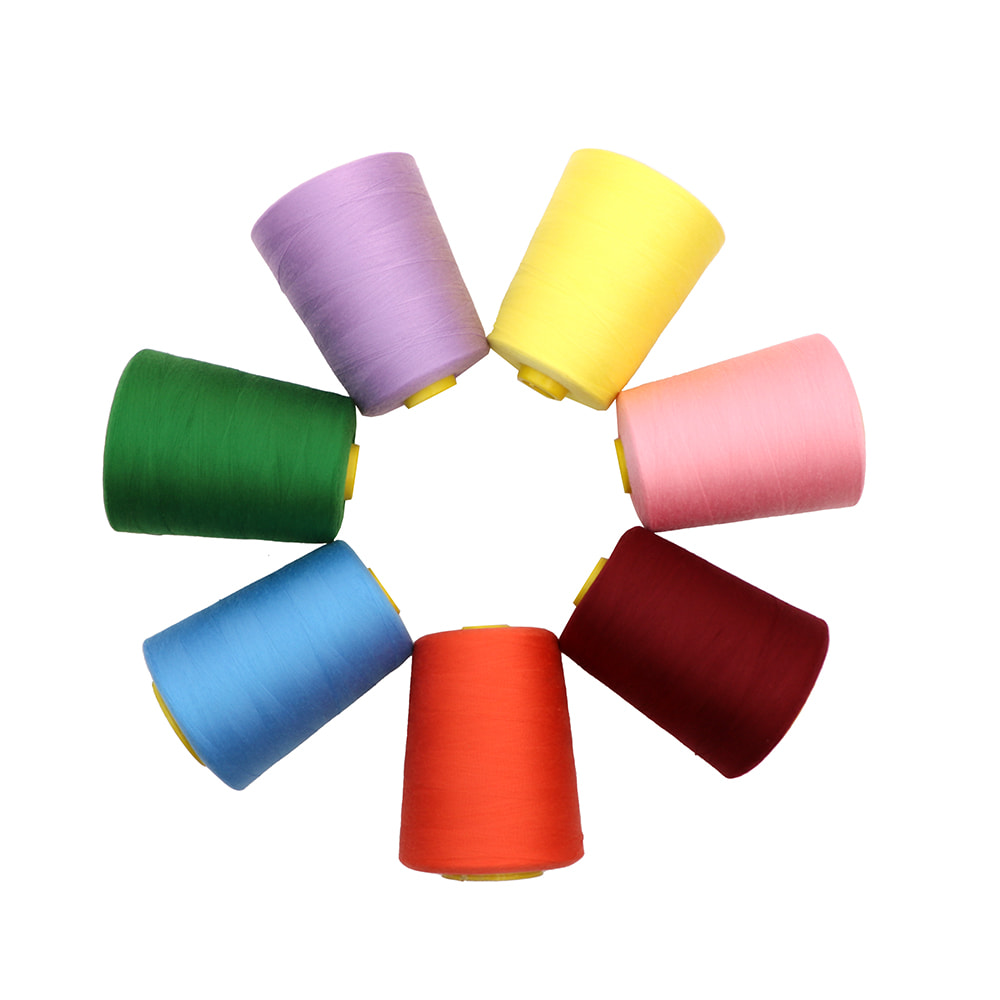Insight: Controlling from the Source – Understanding the Value and Pricing Strategy of Manufacturer Direct Sales
In the field of industrial material procurement, particularly for fundamental textile accessories like the "Low Elastic Edge Wrapping Line," purchasing in bulk directly from the producer is undoubtedly a critical step for achieving both cost control and quality assurance. The core value of a genuine manufacturer-direct sales model lies in its ability to minimize the additional costs generated by intermediate distribution channels, allowing purchasers to directly benefit from more competitive ex-factory prices. However, this price advantage is not the sole factor to consider; more importantly, direct communication with the manufacturer enables an in-depth understanding of their production process, raw material selection, and quality control system. A superior producer will offer transparent production workflows and detailed product testing reports. This information is vital for evaluating the actual durability, elastic recovery rate, and color fastness of the edge wrapping line. Therefore, wholesale buyers should focus not only on the immediate unit price but also on the supplier's ability to provide high-quality products consistently in the long term, and the scientifically structured tiered pricing system they have established based on economies of scale.
Strategy: Smart Procurement – Selection Criteria and Negotiation Techniques for Garment Accessories Low Elastic Edge Wrapping Line
As a key component among garment accessories, the choice of low elastic edge wrapping line directly impacts the finished effect of the garment's edges and its overall lifespan. The first step in smart procurement is establishing a strict set of selection criteria. This involves inspecting the yarn material (such as polyester or nylon), testing its diameter uniformity, tensile strength, and initial modulus to ensure it will not easily break or deform during sewing and use. Furthermore, for lines applied to intimate apparel or high-frequency washed clothing, the line's resistance to washing, sweat, and its eco-friendly dyeing properties are indispensable considerations. When engaging in business negotiations with suppliers, the purchasing party should not solely focus on the discount space for the total price. Instead, they should leverage long-term cooperation and stable order volumes to negotiate favorable terms regarding supply cycle, minimum order quantity (MOQ), and after-sales service. An effective negotiation strategy is built on a thorough understanding of market prices and a clear definition of one's own needs, leading to a win-win procurement relationship.
Evaluation: Core Elements – In-Depth Analysis of Key Performance Parameters for High-Strength Low Elastic Edge Wrapping Line
The value of "High-Strength Low Elastic Edge Wrapping Line" is demonstrated by its ability to maintain low elongation and high load-bearing capacity while providing excellent edge wrapping functionality. For performance parameter evaluation, several core indicators require in-depth analysis. First is the "Breaking Strength," which determines the maximum tension the line can withstand before failure. Second is the "Initial Modulus," which reflects the material's resistance to elastic deformation. The low elastic characteristic allows the line to better maintain its original shape after stretching, preventing the fabric edge from becoming wavy or distorted. Additionally, "Twist" and "Oil Content" indirectly affect sewing performance; an appropriate twist enhances the line's integrity, while a suitable oil content ensures smooth passage through high-speed sewing machines, reducing friction and heat that can lead to breakage or melting. Only through quantitative comparison and rigorous testing of these critical parameters can one truly distinguish the quality differences between various products on the market, thereby laying a solid foundation for the reliability of the final product.
Targeting: Segmented Market Needs – Unique Requirements for Low Elastic Edge Wrapping Line in Luggage and Special Applications
The application of low elastic edge wrapping line in different segmented markets requires it to possess various functional biases. Taking luggage manufacturing as an example, the requirements for the line are more focused on abrasion resistance and aging resistance. Since luggage endures significant friction and environmental erosion in daily use, the line used for edge wrapping must possess stronger surface anti-wear capabilities and stable performance when exposed to light and changes in temperature and humidity over time. In special applications like outdoor equipment or industrial textiles, the line may also be required to have specialized functions such as water resistance, flame retardancy, or UV resistance. Therefore, purchasers must clearly define the final product's application environment during bulk selection and request customized performance specifications or special post-finishing processes from the supplier accordingly. This targeted procurement not only enhances the line's suitability but also increases the added value and market competitiveness of the final product.
Trend: Forward Vision – Innovative Applications and Development Directions for Low Elastic Edge Wrapping Line in the Textile Field
As the global textile industry progresses toward functionalization and environmental sustainability, the application fields and technology of low elastic edge wrapping line are also continually innovating. One future development trend is environmental protection and sustainability. More and more manufacturers are adopting recyclable materials or bio-based materials to produce edge wrapping lines to reduce environmental impact. Another important direction is smart and functional integration. For instance, incorporating microfibers with conductive properties or thermochromic characteristics into the line means it is no longer just an edge finishing material but possesses a certain functional sensing or information transmission capability, offering new possibilities for the development of smart clothing and technical textiles. Purchasers should maintain a forward vision, actively collaborate with research and development-capable suppliers, and introduce these innovative products. This will not only elevate the technological content of their own products but also better grasp the competitive advantage in the future market.
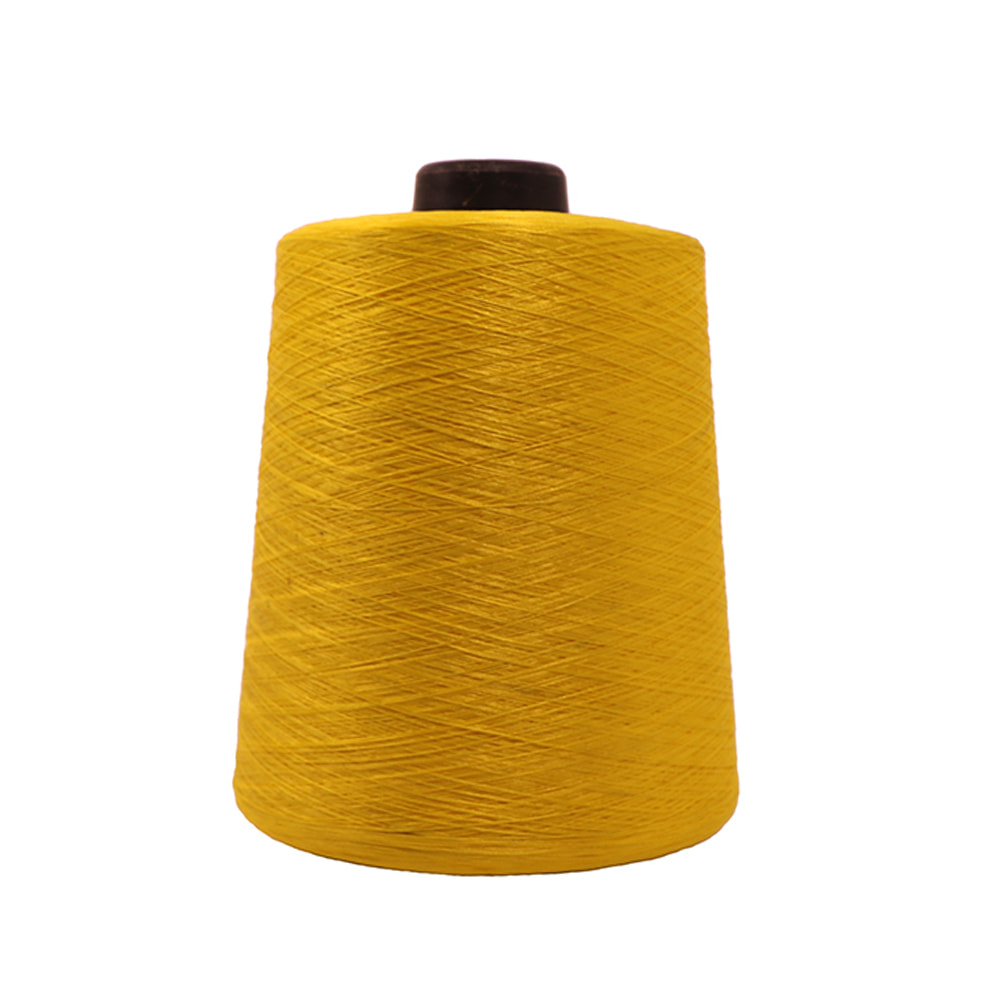

 English
English 中文简体
中文简体 Español
Español